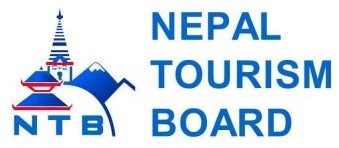Solo vs Guided Trek to Annapurna Base Camp

13th Jan, 2025
- teamramadventure
Solo vs Guided Trek to Annapurna Base Camp: Why a Guide is Essential for Your Safety and Enjoyment
Table of Contents
When planning your trek to the stunning Annapurna Base Camp (ABC), you’ll face an important decision: should you trek solo or with a guide? While a solo trek might seem appealing to some, a guided trek is the far superior choice for a safer, more enriching, and hassle-free experience. In this blog, we’ll break down why a guide is essential for your Annapurna adventure and how it enhances your overall trekking experience.
If you’re still on the fence about the best option for you, read on to find out why guided trekking should be your top choice when tackling the Annapurna Base Camp trek!
Why a Guide is Necessary for the Annapurna Base Camp Trek
While the Annapurna region is well-known for being a popular trekking destination, it’s important to remember that this is a remote area at high altitudes. Trekking in the Himalayas presents certain challenges, including altitude sickness, challenging terrain, and unpredictable weather conditions. For these reasons, hiring a guide isn’t just a luxury—it’s a necessity for anyone trekking to Annapurna Base Camp.
1. Safety First: Navigating the Annapurna Terrain
One of the most compelling reasons to hire a guide is safety. The Annapurna region, while beautiful, is challenging. Trekking through the Annapurna Sanctuary at altitudes reaching 4,130 meters presents risks like altitude sickness (AMS), especially as you approach higher elevations.
A trained guide is experienced in recognizing the early symptoms of altitude sickness and knows how to adjust your itinerary to allow for proper acclimatization. Without this expertise, solo trekkers may push themselves too hard, risking serious health issues.
Guides are also equipped to handle emergencies. Should anything go wrong—whether you get injured or become ill—a guide can quickly assess the situation and take the necessary steps to get you to safety, including communicating with local medical facilities and arranging evacuations.
2. Expert Navigation: Avoid Getting Lost in the Mountains
Although the Annapurna Base Camp trek is well-marked, the remote nature of the region and its rugged terrain means that getting lost is a real possibility for solo trekkers. In some parts of the trail, especially during the winter months when snow can obscure paths, a guide’s knowledge of the area is indispensable.
A local guide is intimately familiar with the trail and will ensure you don’t veer off course. This is particularly important in areas like Bamboo or Deurali, where alternative trails can sometimes cause confusion for those unfamiliar with the region. With a guide, you won’t have to waste time trying to figure out the route—you can simply enjoy the hike!
3. Local Knowledge and Cultural Insights
One of the most enriching aspects of trekking in Nepal is experiencing the local culture. While trekking solo might limit your interactions with locals, a guide can help you engage meaningfully with the Gurung, Magar, and Tamang communities along the trail. These communities are welcoming, and their stories and history can provide a fascinating backdrop to your trek.
A local guide can translate conversations, explain the significance of temples and religious landmarks, and even introduce you to village life in a way that would be difficult to experience on your own. For instance, you might hear about the region’s traditions, like the Tihar Festival, or learn how tea houses serve as community hubs.
With a guide, you'll gain a deeper understanding of the Himalayan culture, which can make your trip more memorable.
4. Stress-Free Logistics: Leave the Planning to the Experts
When trekking solo, you are responsible for managing everything: permits, accommodation, transportation, and meal planning. This can be time-consuming and stressful, especially in a foreign country. For trekkers who want to focus purely on the adventure, a guided trek eliminates the need for these distractions.
Hiring a guide means that all the logistics are handled for you. They’ll arrange your Annapurna Conservation Area Permit (ACAP) and TIMS (Trekkers’ Information Management System) card, book your accommodation, and help with transportation from Pokhara to Nayapul (the starting point of the trek). This ensures a smooth, hassle-free journey from start to finish.
5. Better Pacing and Support for Altitude Acclimatization
Altitude acclimatization is key to a successful trek, but it’s not always easy to know how much rest you need. Solo trekkers may be tempted to push themselves too hard, especially when excitement takes over. A guide, however, can tailor your pace to your body’s needs and suggest the right amount of rest along the way.
With a guide, you’ll follow an itinerary designed to gradually increase altitude, allowing your body to adjust to the thinning air. This acclimatization process is critical for avoiding acute mountain sickness (AMS). It also allows you to enjoy the trek more, as you’re not rushing or trying to figure out the best schedule on your own.
6. Emotional Support and Motivation
The Annapurna Base Camp trek can be physically demanding, and solo trekkers may struggle with feelings of isolation or fatigue. Trekking with a guide can provide you with much-needed emotional support. Guides are more than just navigators—they are often excellent motivators who help keep your spirits high during difficult stretches.
For example, a guide might share personal stories or local legends about the mountains and communities you pass through, making the journey more enjoyable and less mentally taxing. When the going gets tough, a friendly guide can help you push through and keep going toward the goal of reaching Annapurna Base Camp.
Why Choose Team Ram Adventure for Your Guided Annapurna Base Camp Trek?
At Team Ram Adventure, we understand how important a guided trek is for ensuring your safety, comfort, and enjoyment during the Annapurna Base Camp adventure. Our experienced local guides have in-depth knowledge of the region and are trained to handle all aspects of your trek—from navigating the terrain to providing insights into local culture.
- Experienced, Certified Guides: Our guides are experts in mountain safety, first aid, and local customs, offering you peace of mind throughout your journey.
- Customizable Itineraries: We tailor our trekking packages to fit your needs and preferences, ensuring you have a personalized experience in the Annapurna region.
- Affordable and Transparent Pricing: We offer competitive pricing for our guided treks without compromising on quality, making your adventure accessible and memorable.
Start your Annapurna Base Camp trek with Team Ram Adventure and experience the best that Nepal’s Himalayas have to offer with the safety and guidance of our expert team.
Conclusion
While trekking solo may seem like an appealing option for some, the Annapurna Base Camp trek is best experienced with a guide. The expert navigation, local cultural insights, and safety provided by a guide will ensure your trek is memorable for all the right reasons.


 Plan Your Trip Now
Plan Your Trip Now 










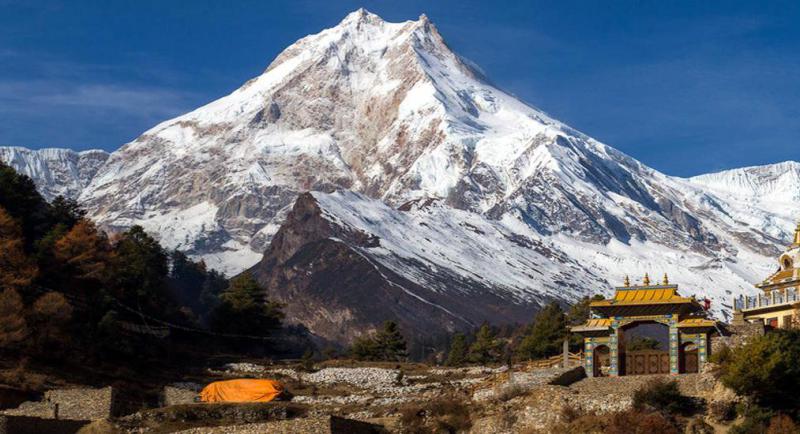











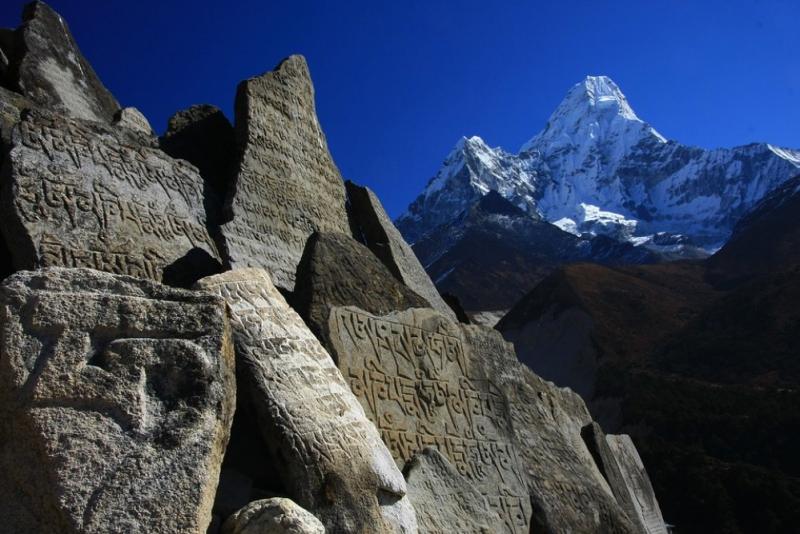






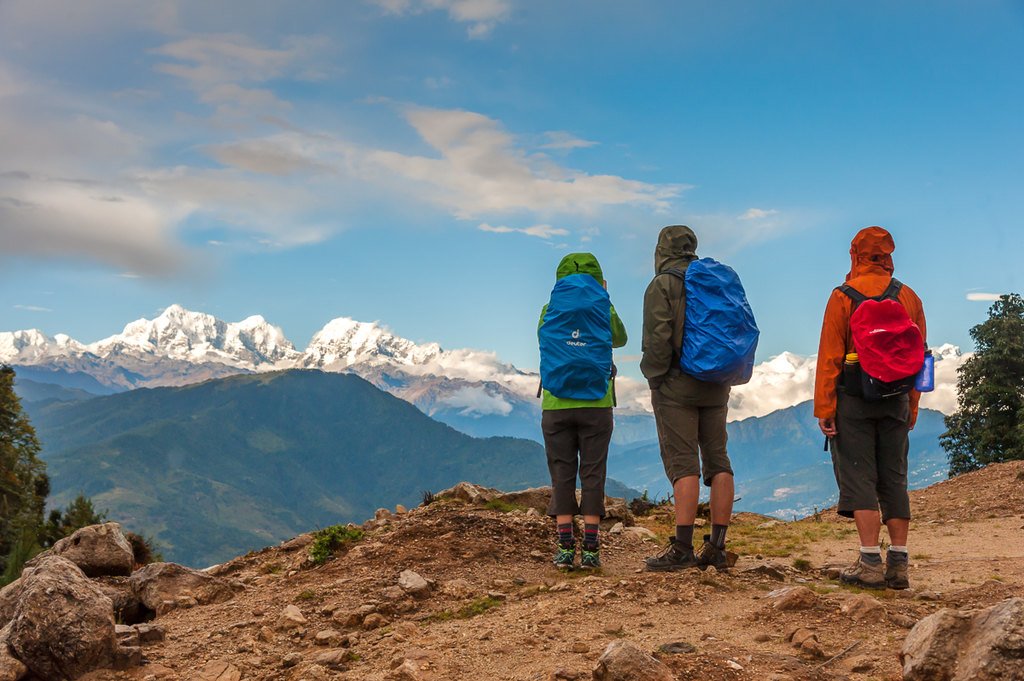
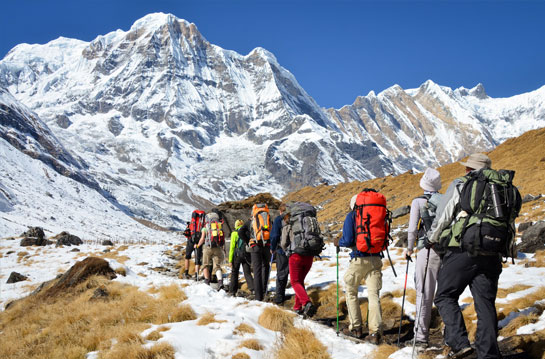
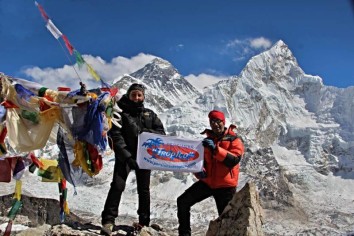






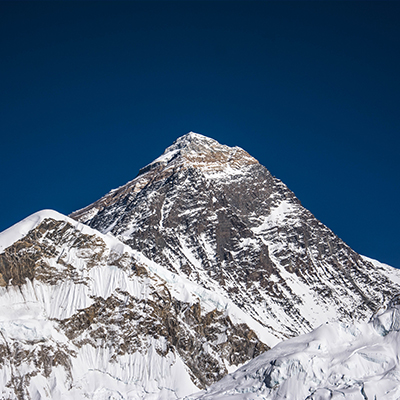


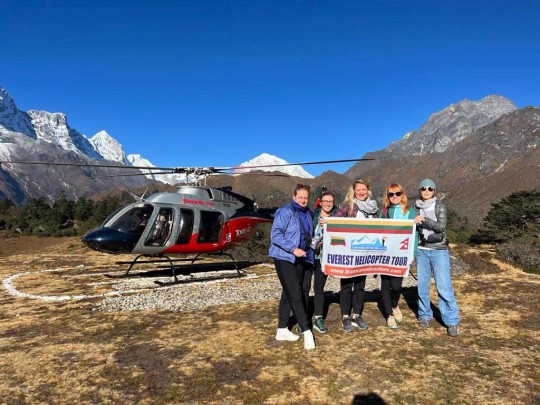



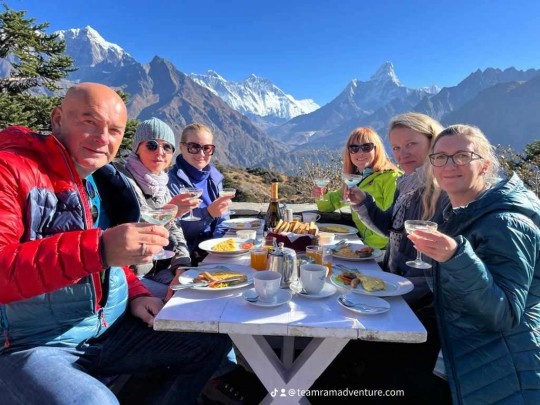







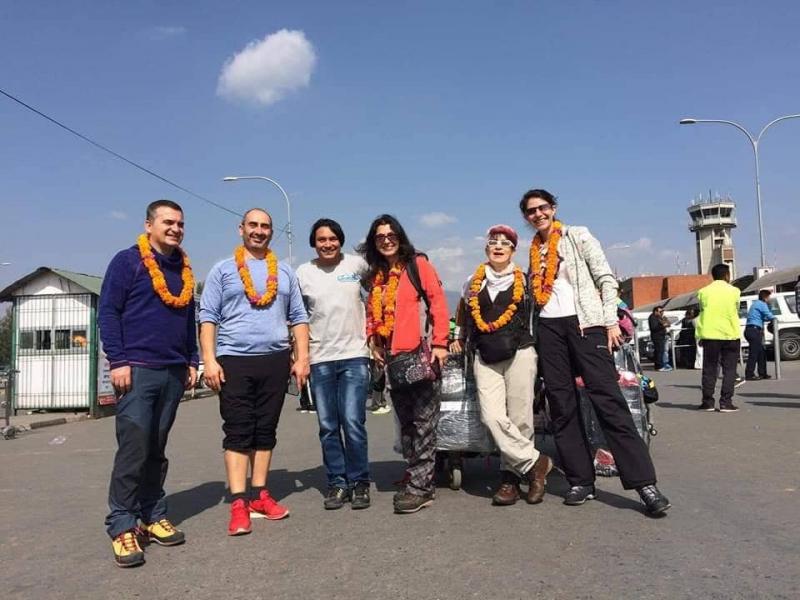












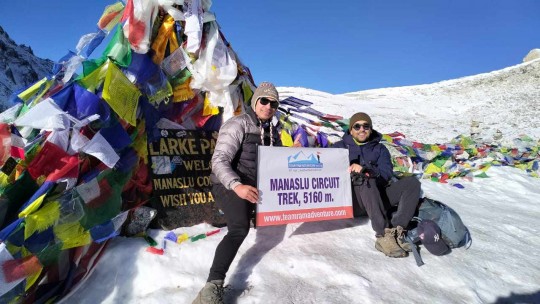
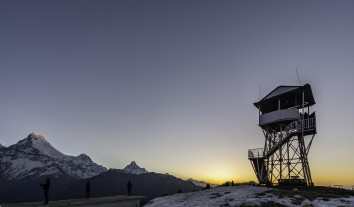
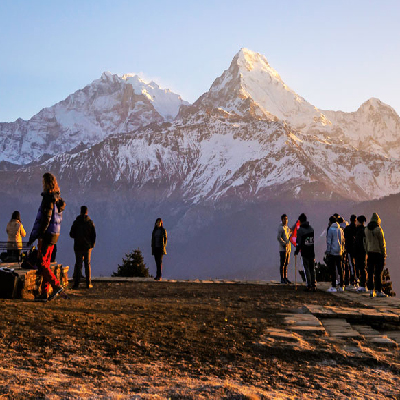










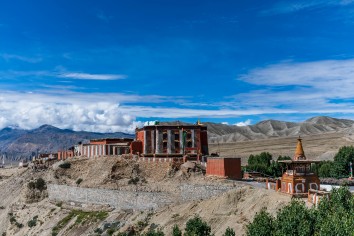


.jpg)







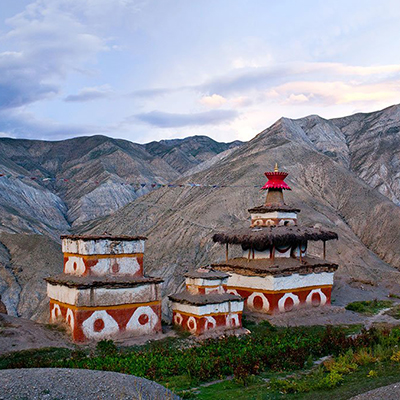
.jpg)


.jpg)

